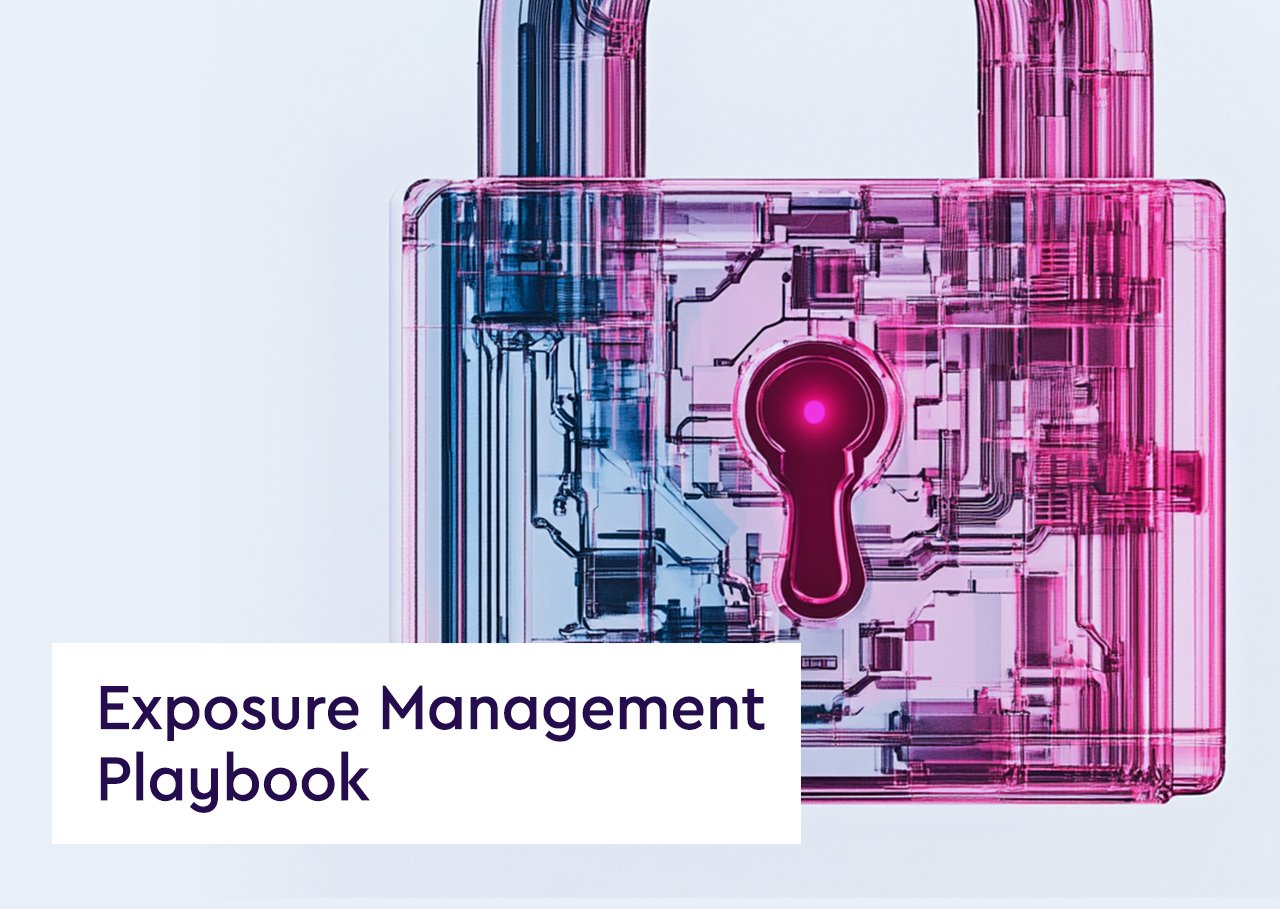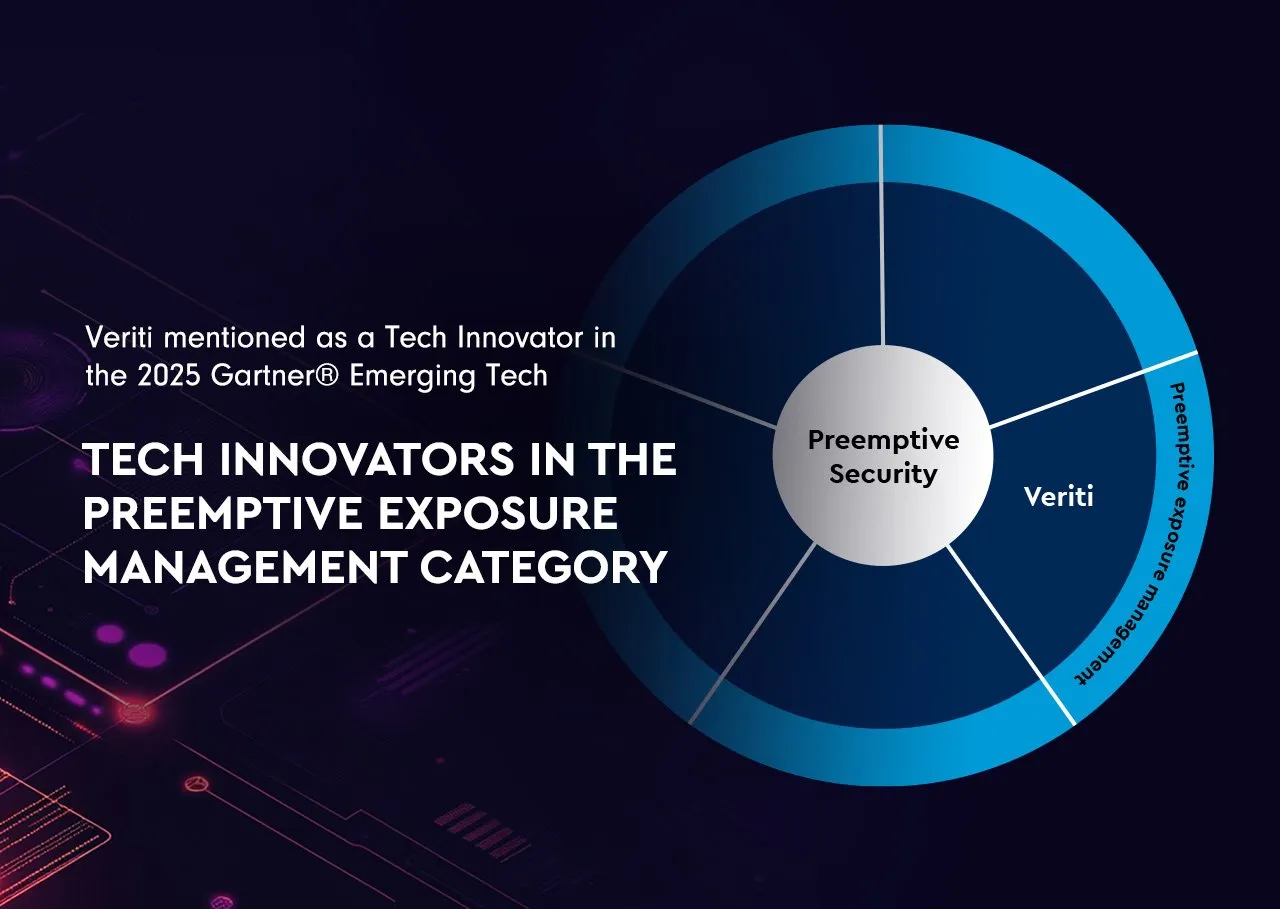Definition: Unified Threat Management (UTM) is a comprehensive solution in cybersecurity that combines multiple security and network functions into a single appliance or service to protect against a wide array of cyber threats. UTM simplifies security management by integrating essential security features such as firewall, intrusion detection and prevention, antivirus, anti-spam, content filtering, and VPN capabilities into one platform. This all-in-one approach to security management is designed to provide a streamlined and efficient way to manage an organization’s network security.
Key Features of UTM:
- Firewall: Protecting the network perimeter by controlling incoming and outgoing network traffic based on an applied rule set.
- Intrusion Detection and Prevention (IDS/IPS): Monitoring network and system activities for malicious activities and policy violations.
- Antivirus/Anti-Malware: Protecting against viruses, worms, trojans, and other forms of malware.
- Content Filtering: Blocking access to inappropriate or harmful websites and content.
- Email Security: Including anti-spam and email filtering to protect against phishing and other email-borne threats.
- Virtual Private Network (VPN): Enabling secure remote access to the network.
Importance of UTM:
- Simplified Security Management: Offers a unified platform for managing various security tasks, reducing complexity.
- Cost-Effective Solution: Reduces the need to purchase and manage multiple security products separately.
- Enhanced Security Posture: Provides comprehensive protection against a wide range of cyber threats.
- Scalability and Flexibility: Adapts to changing security needs and scales with the growth of the organization.
Challenges in Implementing UTM:
- Performance Considerations: Managing the performance impact of running multiple security functions simultaneously.
- Customization and Complexity: Configuring UTM systems to meet specific organizational needs without overcomplicating the network.
- Keeping Up with Evolving Threats: Ensuring the UTM solution stays updated against the latest threats and vulnerabilities.
Best Practices for UTM Implementation:
- Strategic Planning: Aligning UTM features with the organization’s specific security requirements and policies.
- Regular Updates and Maintenance: Keeping the UTM system updated with the latest security patches and definitions.
- Network Performance Monitoring: Monitoring network performance to ensure that UTM functions do not impede network efficiency.
- User Training and Awareness: Educating users about security policies and practices related to the UTM system.
Unified Threat Management represents an efficient and effective approach to network security, consolidating multiple security functions into a single solution. By simplifying security management and providing comprehensive threat protection, UTM is an attractive option for organizations looking to enhance their cybersecurity posture while optimizing resource usage.




